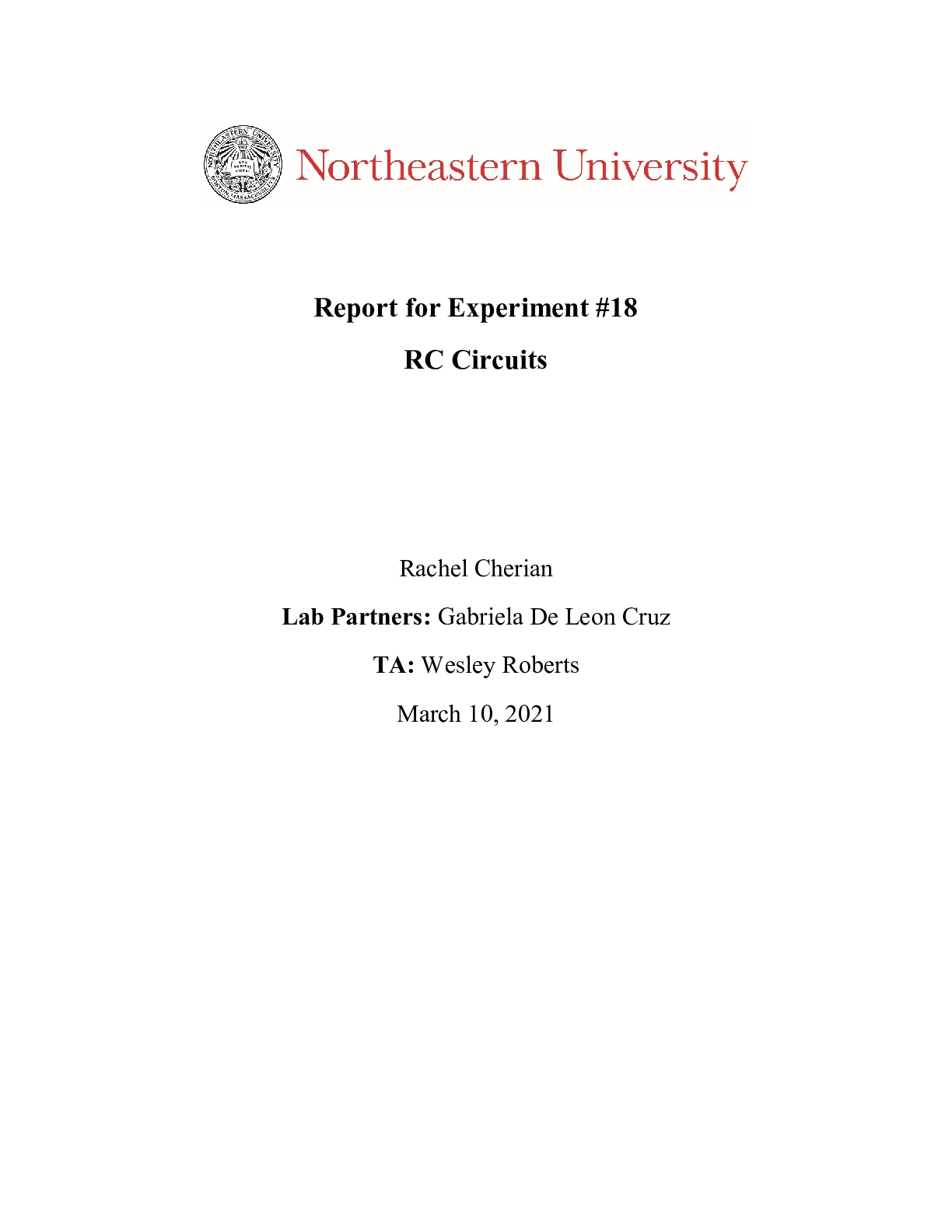Physics > Lab Report > spectral_classification_stars_lab( (All)
spectral_classification_stars_lab(
Document Content and Description Below
Application Exercise: Spectral Classification of Stars Objectives To learn the basic techniques and criteria of the spectral classification sequence by: examining and classifying spectra accord... ing to the strength of the hydrogen Balmer absorption lines examining and classifying spectra according to temperature using Wien's Law comparing the two schemes by identifying the temperature where the Balmer lines are strongest and recognizing the corresponding spectral class summarizing the physical reason why both very cool stars and very hot stars have weak Balmer lines. Background and Theory Classification lies at the foundation of nearly every science. Scientists develop classification systems based on perceived patterns and relationships. Biologists classify plants and animals into subgroups called genus and species. Geologists have an elaborate system of classification for rocks and minerals. Astronomers are no different. We classify planets according to their composition (terrestrial or Jovian), galaxies according to their shape (spiral, elliptical, or irregular), and stars according to their spectra. In this exercise you will classify six stars by repeating the process that was developed by the women at Harvard around the turn of the 20th century. The resulting classification was a key step in elucidating the underlying physics that produces stellar spectra. Thus, in astronomy as well as biology, the relatively mundane step of classification eventually yields critical insights that allow us to understand our world. The spectrum of a star is composed primarily of blackbody radiation--radiation that produces a continuous spectrum (the continuum). The star emits light over the entire electromagnetic spectrum, from the x-ray to the radio. However, stars do not emit the same amount of energy at all wavelengths. The peak emission of their blackbody radiation comes at a wavelength determined by their surface temperature, the relationship known as Wien's Law. Most stars put out the maximum amount of radiation in and around the optical part of the electromagnetic spectrum. The ae 23diagram at the left shows three blackbody curves for stars of different temperatures. As the temperature drops, the relative flux decreases, and the peak moves from the blue (hot) to the red (cool) wavelength regions of the spectrum. In addition to the continuous spectrum, a star's spectrum will feature a number of either emission or absorption lines. Emission lines are produced by atoms when electrons drop from high energy levels to lower ones, emitting photons at specific frequencies in the process. This process adds radiation to the star's spectrum; emission lines are brighter than the region of the spectrum around them. Absorption lines are produced by atoms when their electrons absorb radiation at a specific frequency, thereby causing the electrons to move from a lower energy level to a higher one. This process removes some of the continuum being produced by the star and results in dark features in the spectrum. These lines are dimmer than the wavelength region around them [Show More]
Last updated: 1 year ago
Preview 1 out of 11 pages

Reviews( 0 )
Document information
Connected school, study & course
About the document
Uploaded On
May 19, 2021
Number of pages
11
Written in
Additional information
This document has been written for:
Uploaded
May 19, 2021
Downloads
0
Views
79




.png)








.png)
.png)







 (1).png)










